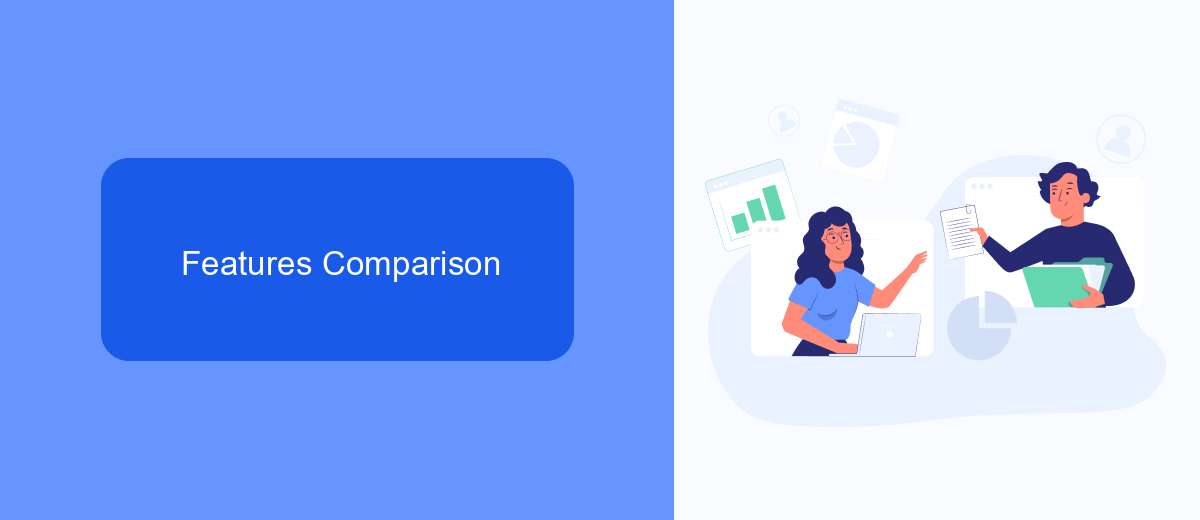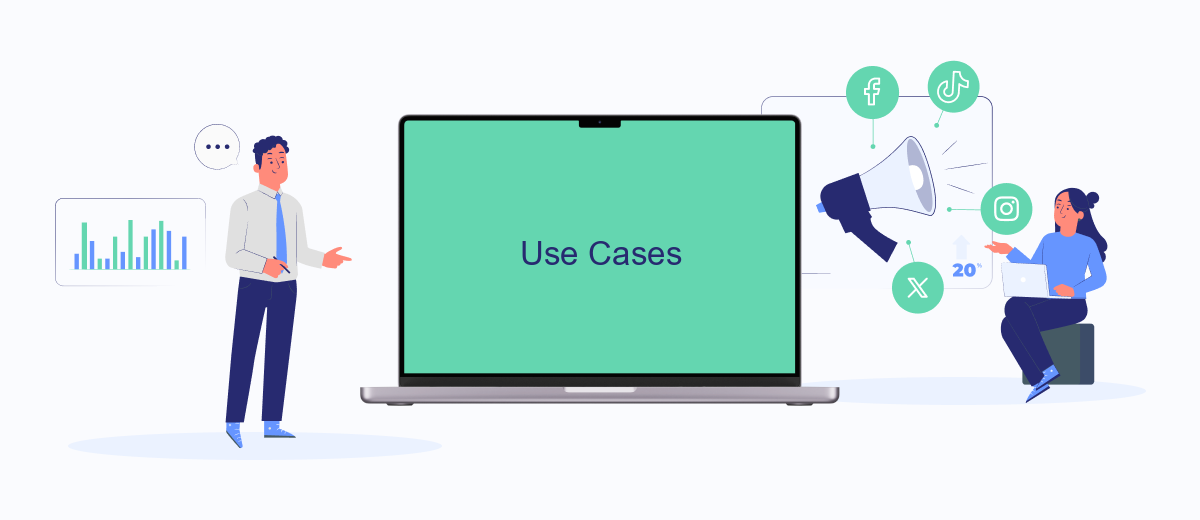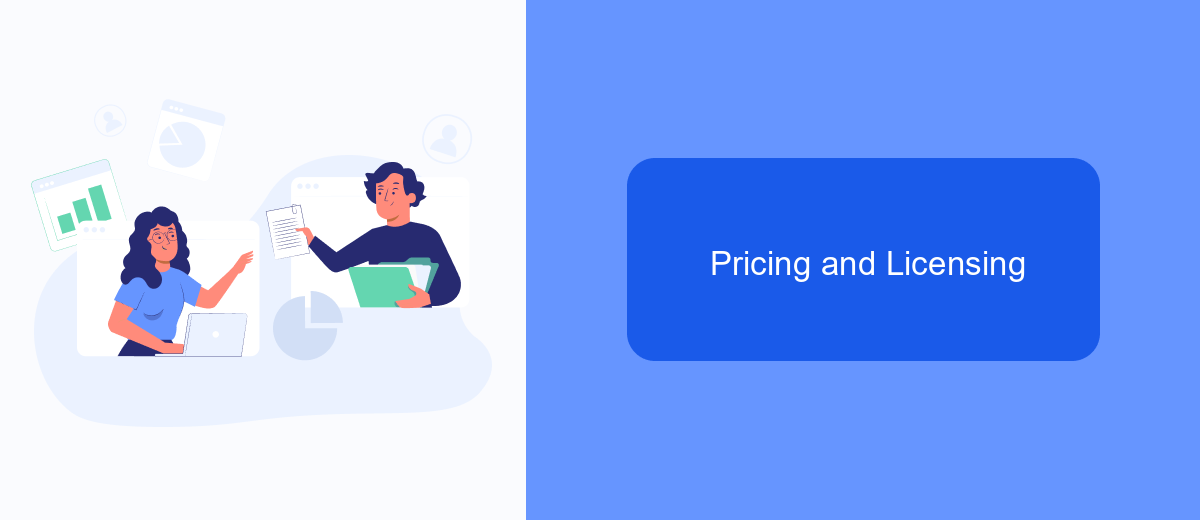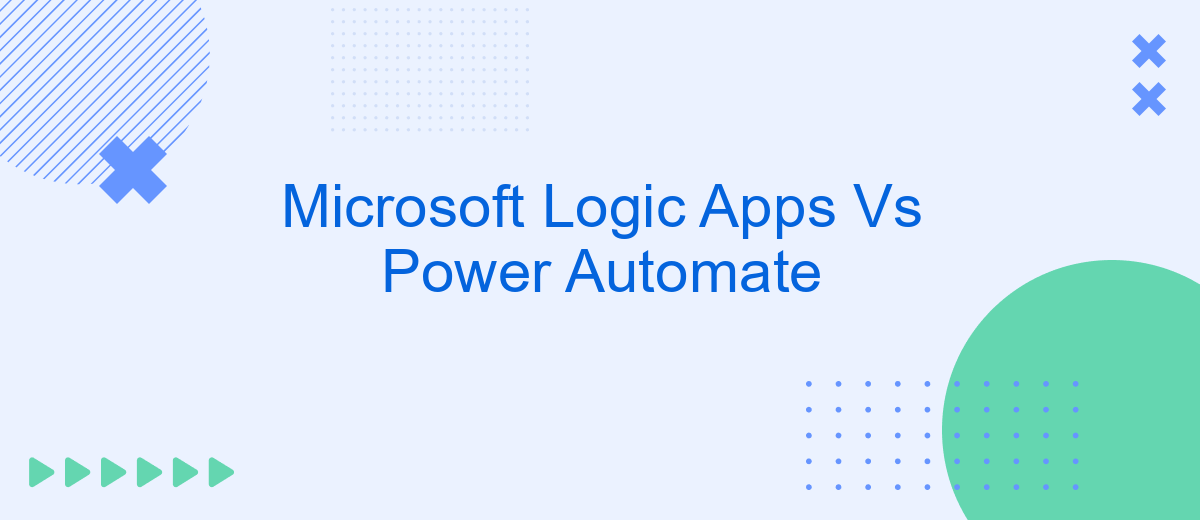In today's fast-paced digital landscape, automation tools play a crucial role in streamlining business processes. Microsoft offers two powerful solutions in this domain: Logic Apps and Power Automate. Both tools aim to enhance productivity and efficiency, but they cater to different needs and use cases. This article will compare Microsoft Logic Apps and Power Automate, highlighting their features, benefits, and ideal scenarios for use.
Introduction
In today's fast-paced digital landscape, businesses are constantly seeking efficient ways to automate workflows and integrate services. Microsoft offers two powerful tools to achieve these goals: Logic Apps and Power Automate. Both platforms provide robust solutions for connecting applications and automating tasks, but they cater to different user needs and scenarios.
- Logic Apps: Designed for developers and IT professionals, offering advanced integration capabilities.
- Power Automate: User-friendly, aimed at business users looking to automate processes without extensive coding knowledge.
Choosing between Microsoft Logic Apps and Power Automate depends on your specific requirements and technical expertise. For instance, if you need a no-code solution to quickly set up integrations, services like SaveMyLeads can be an excellent complement to Power Automate. On the other hand, Logic Apps may be more suitable for complex workflows requiring extensive customization. Understanding the strengths and limitations of each tool will help you make an informed decision, ensuring seamless automation and integration for your business processes.
Features Comparison

Microsoft Logic Apps and Power Automate are both powerful tools for automating workflows, but they cater to different needs. Logic Apps is designed for developers and IT professionals requiring advanced integration capabilities with extensive customization options. It supports complex workflows, a wide range of connectors, and robust error handling. In contrast, Power Automate is more user-friendly, targeting business users with its intuitive interface and simpler setup. It offers pre-built templates and straightforward automation for common tasks, making it accessible for users without coding experience.
Both services integrate seamlessly with Microsoft products like Azure, Office 365, and Dynamics 365. However, when it comes to third-party integrations, Power Automate has an edge with its extensive library of connectors, including services like SaveMyLeads. SaveMyLeads simplifies the process of connecting various apps and services, allowing users to automate lead data transfers without coding. Logic Apps, while also supporting third-party connectors, often requires more technical expertise to set up and manage these integrations effectively.
Use Cases

Microsoft Logic Apps and Power Automate are powerful tools designed to automate workflows and integrate various services. They are widely used across different industries for their unique capabilities and ease of use.
- Business Process Automation: Both tools can automate repetitive tasks such as data entry, notifications, and approvals, thereby improving efficiency and reducing human errors.
- Integration with Third-Party Services: They enable seamless integration with numerous third-party services like SaveMyLeads, which helps streamline lead management workflows by automatically capturing and processing leads from various sources.
- Data Synchronization: Logic Apps and Power Automate can synchronize data across multiple systems, ensuring that information is up-to-date and consistent across platforms.
- Monitoring and Alerts: These tools can monitor systems and trigger alerts based on predefined conditions, helping businesses to stay proactive and responsive.
Whether you are looking to automate simple tasks or complex workflows, Microsoft Logic Apps and Power Automate offer robust solutions. Their ability to integrate with services like SaveMyLeads makes them even more versatile, catering to a wide range of business needs.
Pricing and Licensing

When comparing Microsoft Logic Apps and Power Automate, pricing and licensing are crucial factors to consider. Both platforms offer flexible pricing models, but they cater to different user needs and project scales.
Microsoft Logic Apps operates on a pay-as-you-go model, where you are charged based on the number of actions and connectors used. This can be cost-effective for large-scale integrations requiring complex workflows. On the other hand, Power Automate offers a subscription-based pricing model with various plans tailored to individual users and businesses.
- Microsoft Logic Apps: Pay-as-you-go, based on actions and connectors.
- Power Automate: Subscription plans, including per-user and per-flow pricing options.
For businesses looking to streamline their integration processes without heavy investment in custom development, services like SaveMyLeads can be a valuable addition. SaveMyLeads provides easy-to-use tools for automating lead data transfers and other integrations, complementing the capabilities of both Logic Apps and Power Automate. Ultimately, the choice between these platforms will depend on your specific requirements and budget.
Conclusion
In conclusion, both Microsoft Logic Apps and Power Automate offer robust solutions for automating workflows and integrating various services. Microsoft Logic Apps is particularly suited for complex, enterprise-level integrations requiring extensive customization and scalability. On the other hand, Power Automate is user-friendly and ideal for smaller businesses or individual users who need to automate repetitive tasks quickly and efficiently.
When deciding between the two, consider your specific needs, technical expertise, and the scale of your operations. Additionally, services like SaveMyLeads can further simplify the process of integrating different platforms, making it easier to manage and automate workflows without extensive coding knowledge. Ultimately, the right choice will depend on your unique requirements and the complexity of the tasks you aim to automate.
FAQ
What are the primary differences between Microsoft Logic Apps and Power Automate?
Can I use both Microsoft Logic Apps and Power Automate together?
Which tool should I choose for enterprise-level automation?
Are there any third-party services that can help with automation and integration?
Is coding experience required to use Microsoft Logic Apps and Power Automate?
You probably know that the speed of leads processing directly affects the conversion and customer loyalty. Do you want to receive real-time information about new orders from Facebook and Instagram in order to respond to them as quickly as possible? Use the SaveMyLeads online connector. Link your Facebook advertising account to the messenger so that employees receive notifications about new leads. Create an integration with the SMS service so that a welcome message is sent to each new customer. Adding leads to a CRM system, contacts to mailing lists, tasks to project management programs – all this and much more can be automated using SaveMyLeads. Set up integrations, get rid of routine operations and focus on the really important tasks.
